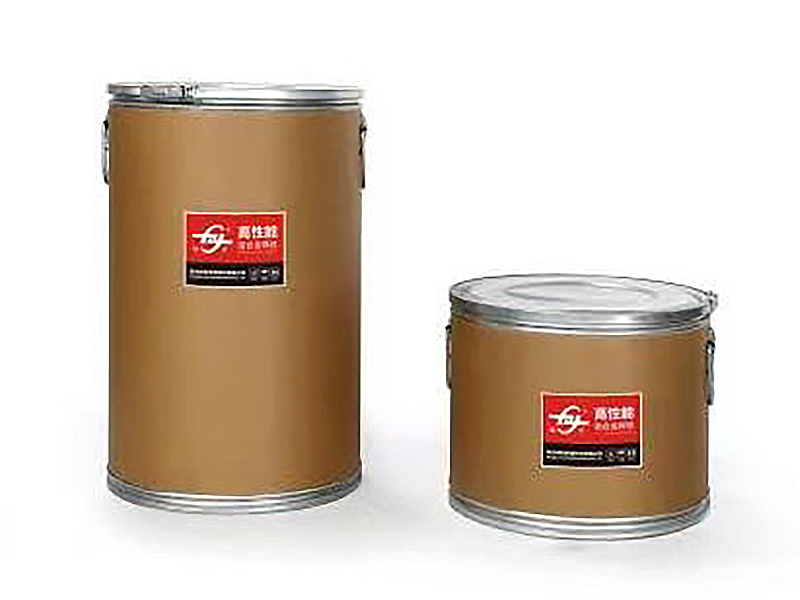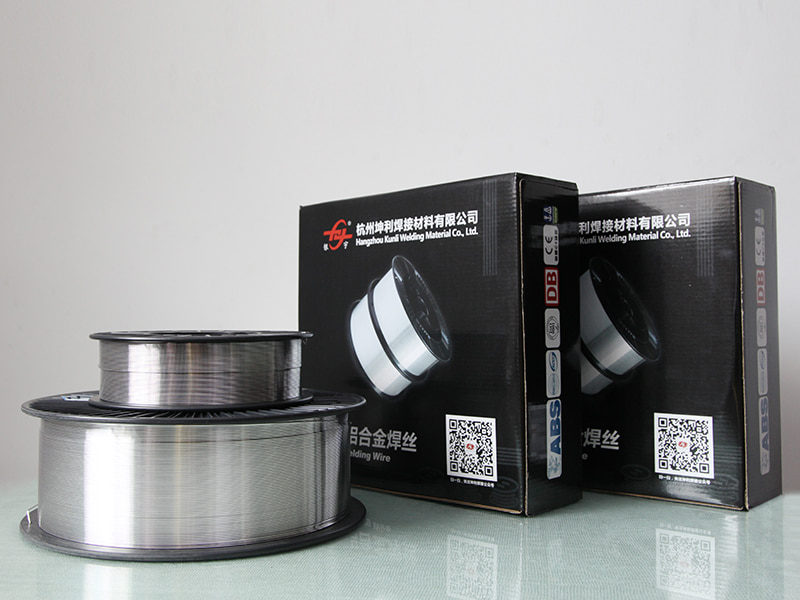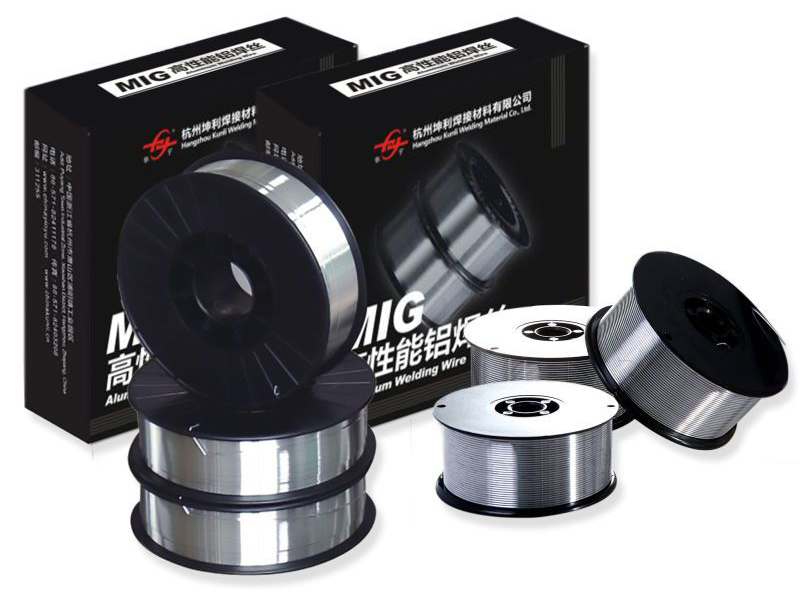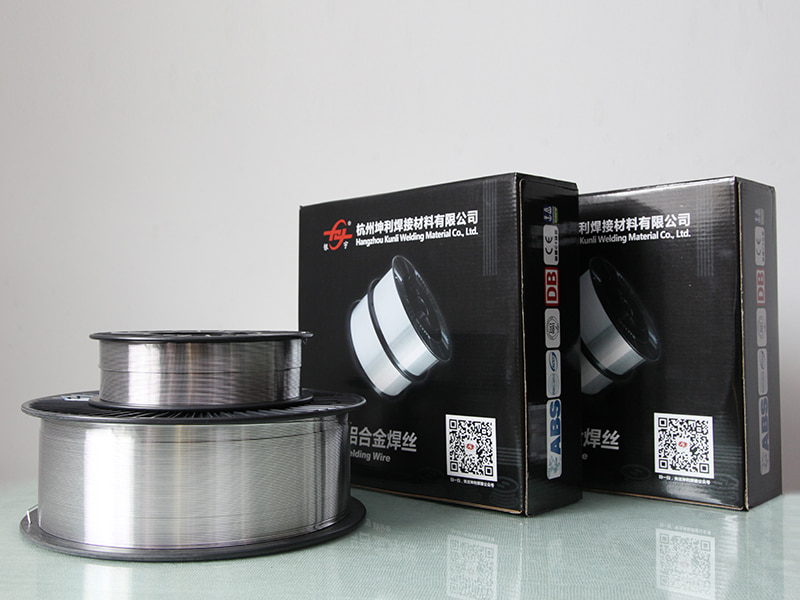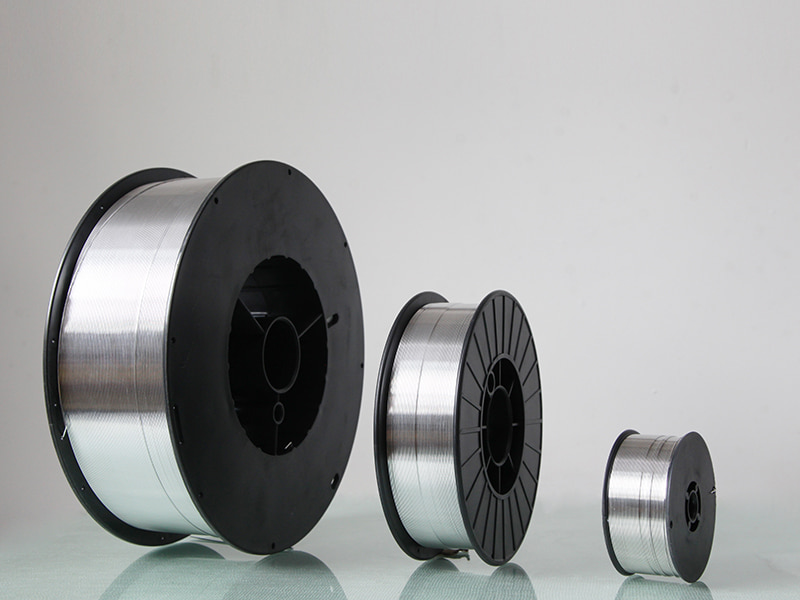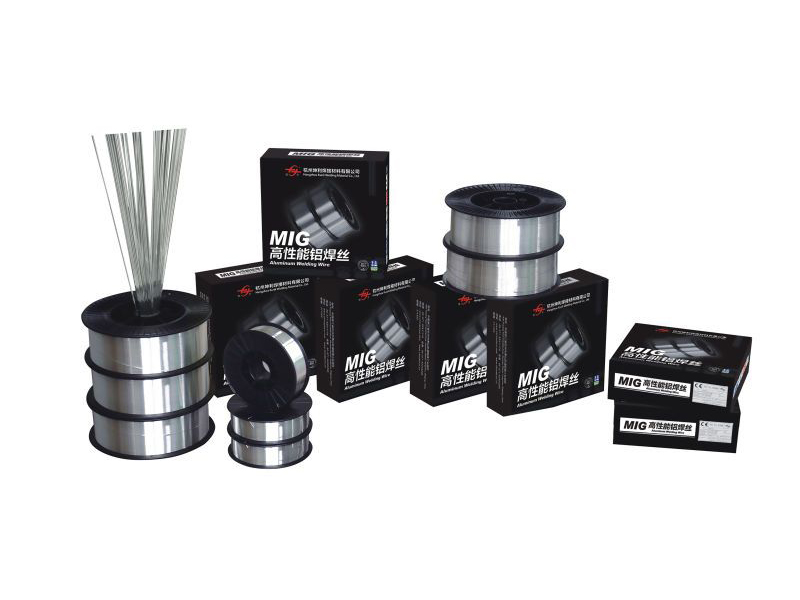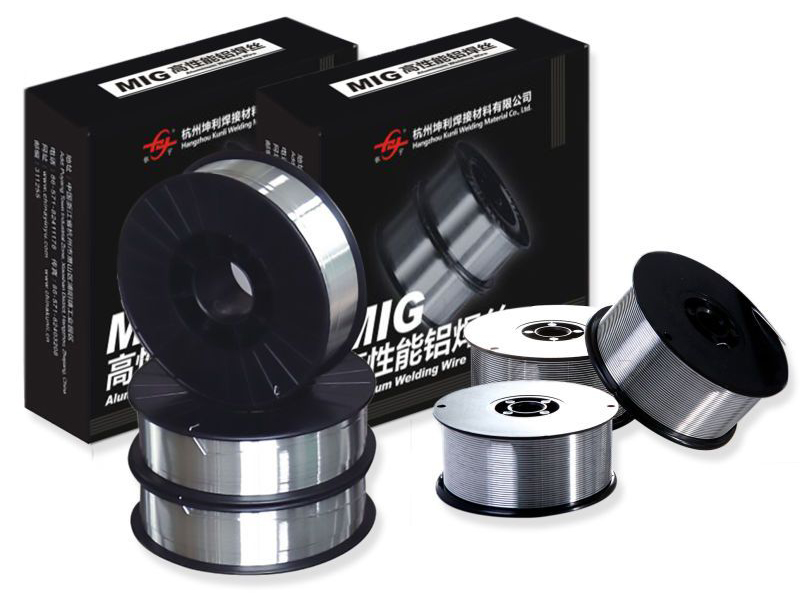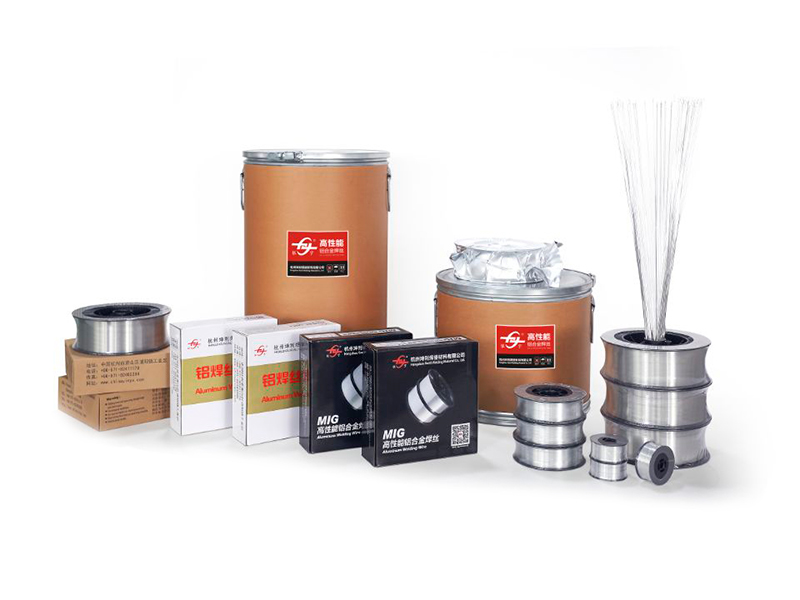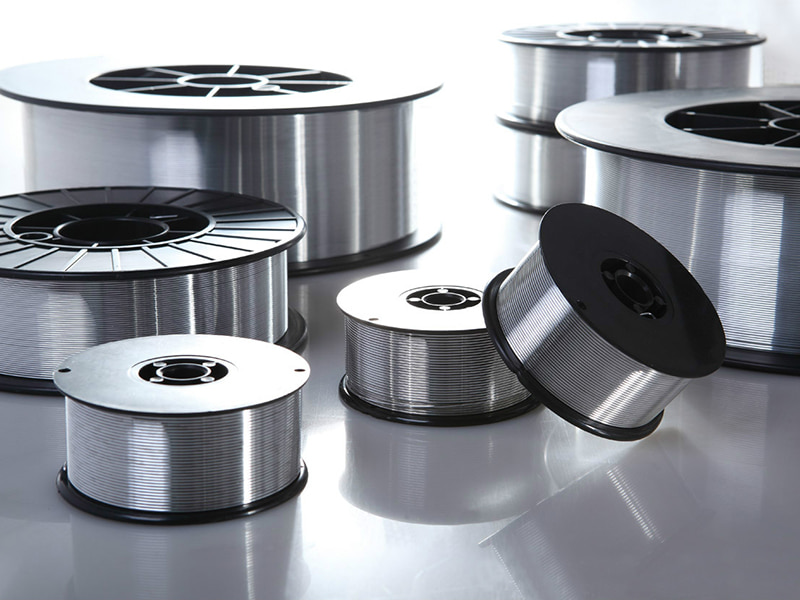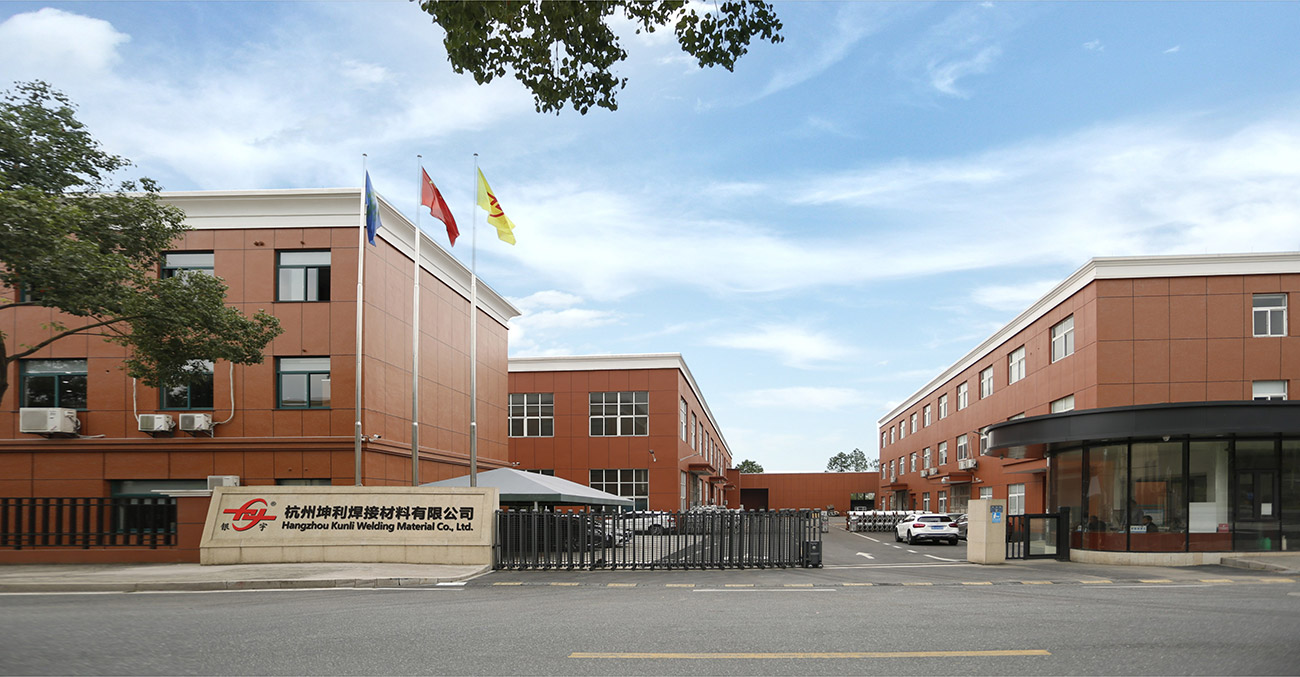Introduction
Offshore structures, deck equipment, and specialized marine vessels face extreme corrosive conditions. Our filler metals are specifically focused on high-magnesium content (e.g., ER5183, ER5087) to provide the highest level of resistance to saltwater and atmospheric corrosion available in aluminum consumables. Beyond corrosion, the wires deliver high-strength weldments essential for maintaining stability and load-bearing capacity in dynamic sea states, often required by leading classification societies for critical marine use.
Specification
| Classification (AWS) | ER5087 / ER5183 |
| Certification | ABS, DNV GL (specifically for offshore/marine use) |
| Base Metal Compatibility | 5083-H116, 5456, 5086 (Marine Grade Alloys) |
| Magnesium Content | Tightly controlled (e.g., 4.5% to 5.2% Mg) |
| Weld Porosity | Minimal, controlled to meet NDT requirements |
Applications
Welding aluminum components on FPSOs (Floating Production, Storage, and Offloading units).
Fabrication of aluminum pipework and gangways on offshore platforms.
Repair of high-speed ferry and catamaran hulls exposed to continuous sea spray.
Joining components in desalination plants and near-shore installations.
FAQ
- Q: What risks are associated with using non-marine grade fillers in a high-salinity environment?
- A: Non-approved fillers, particularly those with lower magnesium content or higher copper/silicon, have an increased susceptibility to pitting, intergranular corrosion, and stress corrosion cracking when exposed to persistent saltwater or spray.
- Q: Does your ER5087 meet the low manganese content requirements for certain marine specifications?
- A: Yes, the chemistry of our ER5087 is tightly controlled to meet specific requirements where Manganese (Mn) content must be minimized, such as in certain 5083 applications.
 English
English Deutsch
Deutsch
 English
English Deutsch
Deutsch

